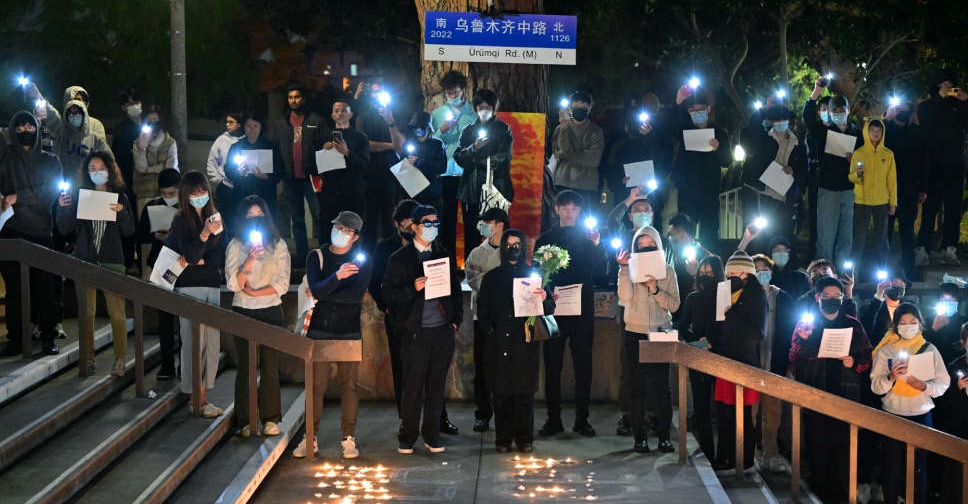
People in the Chinese manufacturing hub of Guangzhou clashed with white hazmat-suited riot police on Tuesday night, online videos showed, the latest in a string of protests that escalated over the weekend over stringent COVID-19 lockdowns.
The clashes, which follow protests in Shanghai, Beijing and elsewhere, erupted as China posts record numbers of COVID cases daily and health officials, including in the southern region around Guangzhou, announced a slight loosening of the curbs.
Mainland China's biggest wave of civil disobedience since the 1989 Tiananmen protests comes as its economy sputters after growing at breakneck rates for decades.
In one video posted on Twitter, dozens of riot police in all-white pandemic gear, holding shields over their heads, advanced in formation over what appeared to be torn down lockdown barriers as objects fly at them.
Police were later seen escorting a row of people in handcuffs to an unknown location.
Another video clip showed people throwing objects at the police, while a third showed a tear gas canister landing in the middle of a small crowd on a narrow street, with people then running to escape the fumes.
Reuters verified that the videos were filmed in Guangzhou's Haizhu district, the scene of COVID-related unrest two weeks ago, but could not determine when the clips were taken or the exact sequence of events and what sparked the clashes.
Social media posts said the clashes took place on Tuesday night and were caused by a dispute over lockdown curbs.
The government of Guangzhou, a city hard-hit in the latest wave of infections, did not immediately respond to a request for comment.
China Dissent Monitor, run by US government-funded Freedom House, estimated at least 27 demonstrations took place across China from Saturday to Monday. Australia's ASPI think tank estimated 43 protests in 22 cities.
EASING CURBS
Home to many migrant factory workers, Guangzhou is a sprawling port city north of Hong Kong in Guangdong province, where officials announced late on Tuesday they would allow close contacts of COVID cases to quarantine at home rather than being forced to go to shelters.
The decision broke with the usual practice under China's zero-COVID policy.
In Zhengzhou, the site of a big Foxconn factory making Apple iPhones that has been the scene of worker unrest over COVID, officials announced the "orderly" resumption of businesses, including supermarkets, gyms and restaurants.
However, they also published a long list of buildings that would remain under lockdown.
Hours before those announcements, national health officials said on Tuesday that China would respond to "urgent concerns" raised by the public and that COVID rules should be implemented more flexibly, according to each region's conditions.
But while the easing of some measures appears to be an attempt to appease the public, authorities have also begun to seek out those who have been at recent protests.
"Police came to my front door to ask me about it all and get me to complete a written record," a Beijing resident who declined to be identified told Reuters on Wednesday.
Another resident said some friends who posted videos of protests on social media were taken to a police station and asked to sign a promise they "would not do that again".
It was not clear how authorities identified the people they wanted questioned, nor how many such people authorities contacted.
Beijing's Public Security Bureau did not comment.
On Wednesday, several police cars and security personnel were posted at an eastern Beijing bridge where a protest took place three days earlier.
'HOSTILE FORCES'
In a statement that did not refer to the protests, the Communist Party's top body in charge of law enforcement agencies said late on Tuesday that China would resolutely crack down on "the infiltration and sabotage activities of hostile forces".
The Central Political and Legal Affairs Commission also said "illegal and criminal acts that disrupt social order" would not be tolerated.
The foreign ministry has said rights and freedoms must be exercised within the law.




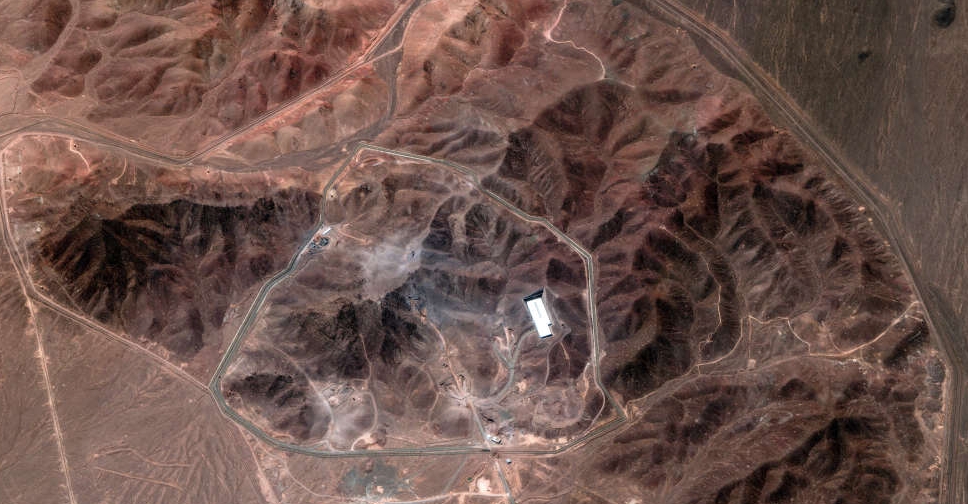 Iranian nuclear programme degraded by up to two years, Pentagon says
Iranian nuclear programme degraded by up to two years, Pentagon says
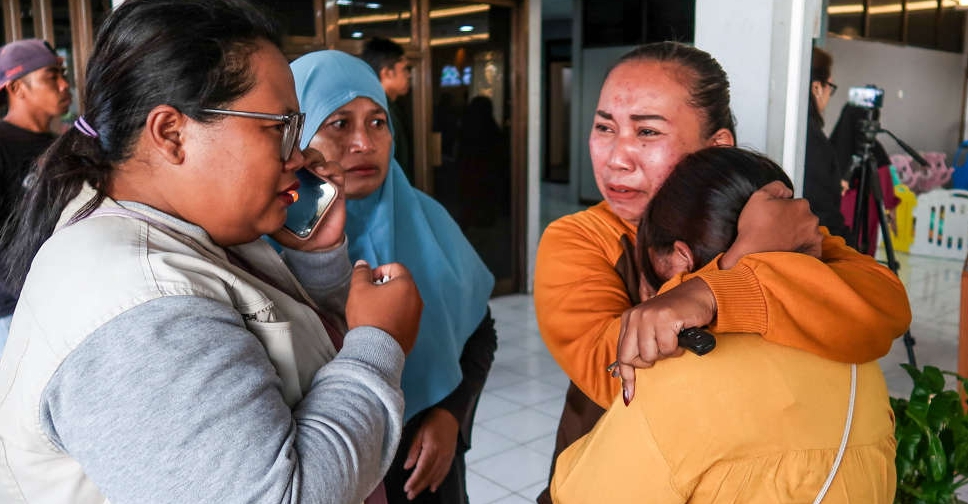 Four dead, 38 missing after ferry sinks near Indonesia's Bali
Four dead, 38 missing after ferry sinks near Indonesia's Bali
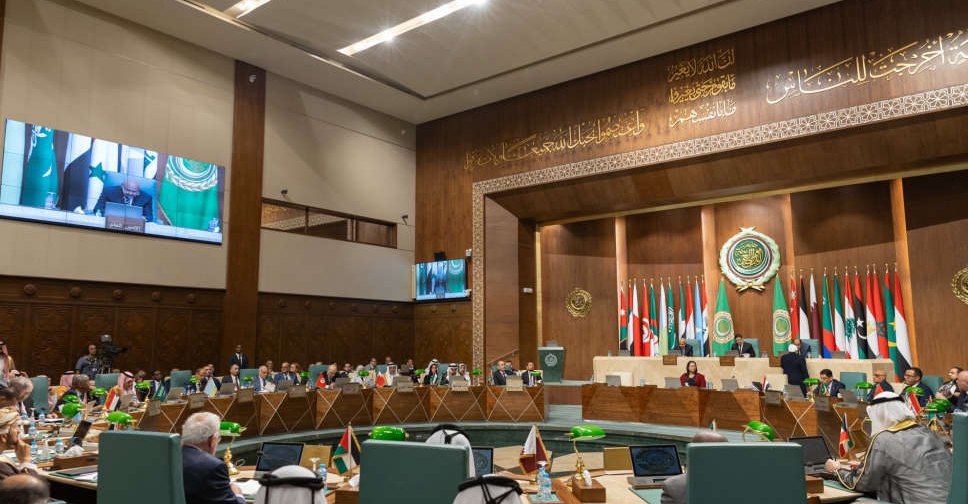 Arab League condemns Israeli minister's calls to annex West Bank
Arab League condemns Israeli minister's calls to annex West Bank
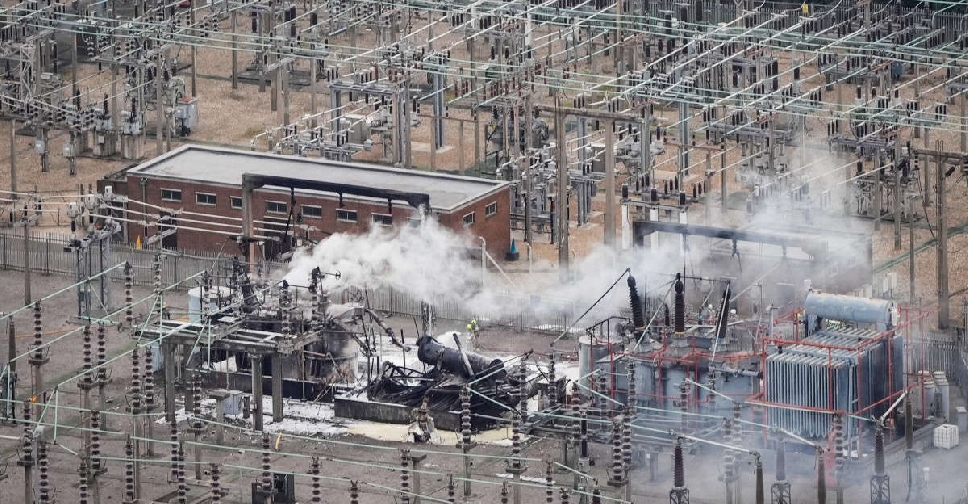 'Preventable' National Grid failures led to Heathrow fire, findings say
'Preventable' National Grid failures led to Heathrow fire, findings say



